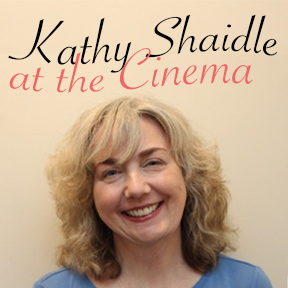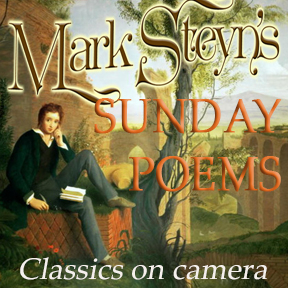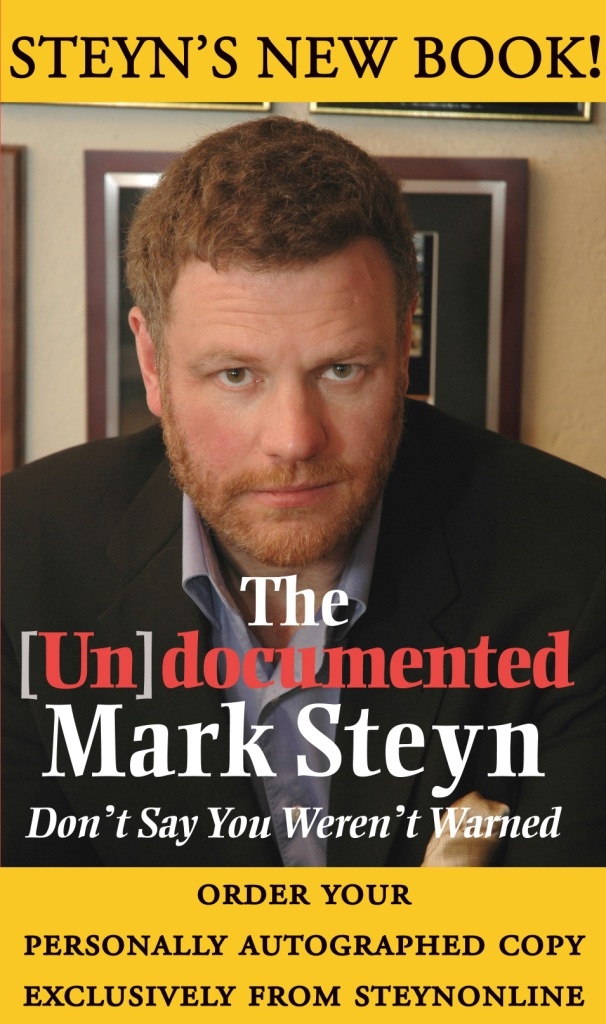Five Easters ago - the start of Holy Week 2019 - fire broke out at Notre Dame cathedral. Within a couple of hours, the spire and the roof were gone. Whatever the cause of the conflagration, the symbolism of its loss at that particular point in the Christian calendar was sobering. As it still burned, Tucker and I discussed the loss of one of the glories of Christendom:
This is what I wrote the following day:
Twenty-four hours after Notre Dame de Paris began to burn, there is better news than we might have expected: More of the cathedral than appeared likely to has, in fact, survived intact - including the famous rose windows, among the most beautiful human creations I've ever seen. The "new" Notre Dame will be mostly high up and out of sight, which is just as well given that modern man prides himself on having no smidgeonette of empathy with his flawed forebears and thus the chances of historic recreation of the animating spirit of 1160 are near zero.
There is an architectural debate to be had, I suppose, about whether a reconstructed twelfth-century cathedral requires nineteeth-century appurtenances such as its spire. But the minute that starts you risk some insecure dweeb like Macron, on whose watch the thing went up in smoke, getting fanciful ideas about bequeathing to posterity some I M Pei pyramid on the top of the roof. France's revolution, unlike America's, was aggressively secular, and it ultimately found expression in the 1905 law on the separation of churches and the state. Since then the French state has owned the cathedral, and thus it will be Macron who ultimately decides what arises in its place.
Beyond that are the larger questions: When the iconic house of worship at the heart of French Christianity decides to mark Holy Week by going up in flames, it's too obviously symbolic of something ...but of what exactly? Two thousand churches have been vandalized in the last two years: Valérie Boyer, who represents Bouches-du-Rhône in the National Assembly, said earlier this month that "every day at least two churches are profaned" - by which she means arson, smashed statutes of Jesus and Mary, and protestors who leave human fecal matter in the shape of a cross. This is a fact of life in modern France.
As it is, there is no shortage of excitable young Mohammedans gleefully celebrating on social media. In 2017 some inept hammer-wielding nutter yelling "Allahu Akbar!" had a crack at Notre Dame, and a couple of years before that the historian Dominique Venner blew his brains out on the altar to protest same-sex marriage. I love France but, in recent years, it's hard not to pick up on the sense that it's coming apart - and that, when the center cannot hold, the things at that center, the obsolete embodiments of a once cohesive society, are a natural target.
In addition, the authorities' eagerness to assure us that it was an accident at a time when such a conclusion could not possibly be known - and when their own response to the emergency was, to put it politely, somewhat dilatory - was itself enough to invite suspicion: "Sure, it might be an accident. But, even if it weren't, they'd still tell us it was..."
So, precisely because Paris is full of people who would love to burn down Notre Dame four days before Good Friday, it seems bizarrely improbable that it should happen by accident: that a highly desirable target should be taken out by some slapdash workman leaving a cigarette butt near his combustible foam take-out box - the lunchpack of Notre Dame - and letting the dried-out twelfth-century timbers do the rest.
Yet that surely is as perfectly symbolic as anything of a desiccated Christendom and its careless stewardship of its glorious inheritance. On Tucker's show last night I wondered aloud about the Parisians weeping in the street: What were they mourning? The loss of great architecture? Beautiful artwork? Magnificent music in an acoustically perfect space? Or were they mourning something greater, the loss of some part of themselves? When I interviewed Douglas Murray about his profound book The Strange Death of Europe, one subject that prompted a lot of comment was Douglas's plea, as a non-believer himself, that the citizenry try to reconnect with their lost faith if not in a religious sense than at least in a respectful socio-cultural way: These ancient buildings are part of what we came from, and who we are to this day, etc. Any Anglican knows that for much of the twentieth century the Church of England functioned well enough as a religion for the not terribly religious - chaps with little time for all this God-bothering but who enjoyed the liturgy and the hymns and the comforting feeling that God was in some sense an Englishman...
Douglas's argument is, as it were, a good-faith argument, sincerely made. But, after reading his own reaction to the burning of Notre-Dame, it felt a little tinny and hollow, as if he knows it's not going to be enough to try and fake it. He's not alone in that: I mentioned Michel Houellebecq's protagonist in his novel Soumission who, even as he understands the need to do so, cannot will himself to re-connect with a Catholicism just beyond his reach. A lot of the people who are sad about Notre Dame fall into the same category - like Brits who get upset when it's reported that this or that BBC radio programme is ending after fifty years even though they haven't themselves listened to it since a wet Sunday afternoon in 1987. The point about a prodigal son is that he assumes he can always come home. But sometimes, when everybody's prodigal, there's no home to come back to.
Three years ago, on a bleak, miserable, rain-swept day in Rouen, I attended the funeral of a priest beheaded by self-proclaimed soldiers of the Islamic State – the usual "known wolves"; one indeed was wearing a security anklet at the time he committed the act, but the authorities sportingly switched it off for a couple of hours every morning just to let him kick loose for a while; the other had been working at Charles de Gaulle Airport until a couple of months before he went all Allahu Akbar. On the morning of Père Hamel's obsequies, it was not a heavy downpour, just a chill persistent drizzle that got into your bones and gave the place de la Cathédrale that umbrellas-in-the-rain look of Madrid after the train bombings. It was slow progress getting into the cathedral as the contrôle de sac had to be done by hand and so did the body patdowns, arm by arm, leg by leg – the building not having metal detectors, although it surely will one day.
At the front of the cathedral was an oil painting of Father Hamel with a halo – a touch idolatrous surely, or at least premature. But it had been done by a local musulman three days after the priest's decapitation, and was warmly received. It was an elderly congregation – late middle-age and up, Frenchmen and women still sufficiently residually Catholic to qualify as lapsed Catholics. The younger worshipers were black women. The young men invariably turned out to have the telltale telephone cord snaking down from the ear that marked them out as part of the heavy security presence. The bigshots were the last to enter, ushered to the reserved seats as the pressmen closed in, cameras clicking to get their shots of the hapless Interior Minister for tomorrow's front pages.
There was also the occasional trimly bearded Muslim man dispatched in the interests of interfaith dialogue, although their number did not include the two mocking youths who laughed at us as we lined up in the rain outside. I sat next to one of the very few covered women, there without male accompaniment. We smiled at each other as everyone else got up to receive Communion and we were the only ones left, she for the visibly obvious reason, I as the only Anglican Church of Canada guy in the cathedral that day. Back in Paris that evening, I mentioned me and my Muslima friend's splendid isolation to my dinner companion, and she roared with laughter. "You should both have gone up," she said. "You don't think all those government ministers are observant Catholics, do you?"
No, not at all. They were mostly sly, cynical types who understand that, in a world where everything has changed, sometimes it helps to have a little bit of stagecraft that reassures the citizenry that nothing very much has changed at all. It will be thus for whatever photo-op Macron arranges for Notre Dame.
That summer of 2016, in Rouen Cathedral, in the Basilica of St Denis and in Notre Dame itself, I heard only the "melanacholy, long, withdrawing roar" of Matthew Arnold's sea of faith. The cornerstone for the cathedral was laid in April 1163 in the presence of King Louis VII and Pope Alexander III. The builders who raised up those stones through great vaulted spaces soaring to heaven were primitive, ill-educated men who nevertheless had a sense of something beyond themselves and the present tense. Once lost, that's hard to re-inculcate. Douglas Murray's Spectator colleague Jonathan Miller writes: "Perhaps this will be the wake-up call that France needed." Perhaps. But there have been so many others, haven't there? As I wrote in America Alone thirteen years ago:
It's hard to come up with a wake-up call for a society as dedicated as latterday Europe to the belief that life is about sleeping in.
And so it's less the flames of hell than the flames of ennui.
And yet the next time in Paris I shall visit again those magnificent rose windows and feel something akin to the connection Keats did to the figures on that Greek urn. Civilization is always a paradox: deep roots and yet a thin veneer. To raze Notre Dame to the ground would have been a grand victory for barbarism. If not a "wake-up call", the sight that arises this Tuesday on the Île de la Cité is a kind of pre-Easter resurrection, or at least a reprieve.
~from SteynOnline, April 16th 2019
For more seasonal content this Good Friday, Steyn marks the twentieth anniversary of The Passion of the Christ here.
Thank you so much for all the Mark Steyn Club subscription renewals in recent days. As the dawn of our eighth year approaches, I know very well that I would not be here without the support of our members around the world, for which we are all profoundly grateful. For more information on the Steyn Club, see here - and don't forget our special Gift Membership.
























